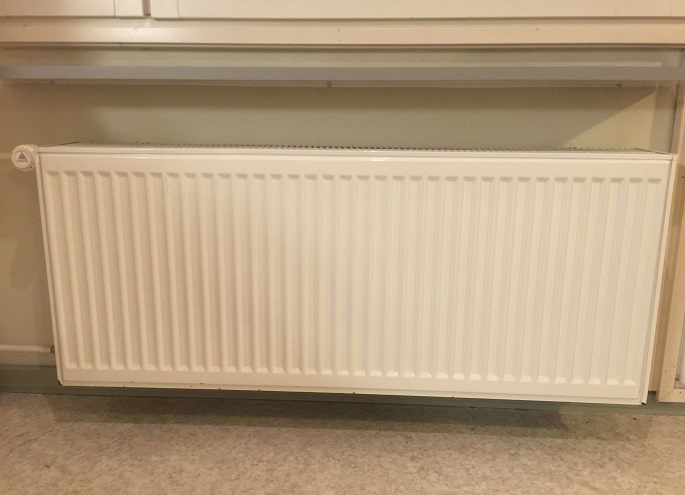Energy consumption in households on the wane
Published : 21 Nov 2020, 00:53
Updated : 21 Nov 2020, 10:35
The energy consumed in housing amounted to around 65 terawatt hours (TWh) in 2019 and the consumption fell by good one-half TWh from the previous year, according to the Statistics Finland.
Consumption of indoor living space heating fell by two per cent from 2018 to 2019. The weather was warmer in Southern Finland than in the previous year. The growth in the number and volume of dwellings continued.
The share of household appliances in households’ energy consumption remained at 13 per cent, even though the energy consumption of the appliances grew.
Heating of residential buildings amounted to close on 67 per cent of energy consumption in housing, heating of domestic water to 15 per cent and heating of saunas to five per cent.
The share of electrical equipment, cooking and lighting was 13 per cent. Housing accounts, on average, for 20 per cent of the final energy consumption. Housing also includes free-time residences.
Good one-third of energy consumption in housing was electricity in 2019. Nearly one-third of consumption was district heat and good one-fifth wood. Altogether 22.5 TWh of electricity was consumed; the consumption has remained more or less unchanged for four years. Forty-six per cent of electricity was used to heat indoor areas and 38 per cent for household appliances. The remainder of electricity was used to heat domestic water and saunas.
Heating of residential buildings consumed 43 TWh of energy in 2019. Consumption decreased by two per cent from the previous year. The most common sources of energy for heating indoor spaces were district heat, wood and electricity, the share of which was 82 per cent of the energy consumption for heating indoor spaces. The next most common energy source was heat pump energy.


